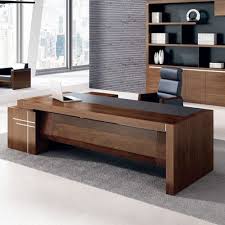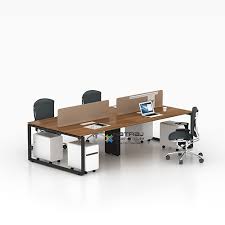When it comes to furniture, aesthetics are just the tip of the iceberg. The materials that make up your furniture play a pivotal role in determining its durability, comfort, and overall quality. Beyond the visual appeal, understanding the materials used in furniture is essential for making informed decisions that align with your needs, style, and budget. Let’s delve into the world of furniture materials to uncover their significance and impact.
Wood: The Timeless Classic
Wood is perhaps the most iconic and versatile material in furniture making. Solid wood, such as oak, maple, and walnut, brings natural warmth and character to your space. office furniture Sydney is durable and can withstand the test of time, developing a rich patina over the years. Veneers, thin layers of wood applied to a base, offer the beauty of natural wood at a more affordable price. Keep in mind that different wood types vary in terms of hardness, grain pattern, and color, so choose the one that resonates with your aesthetic.

Metal: Sleek and Sturdy
Metal, whether it’s steel, iron, aluminum, or brass, is known for its strength and modern appeal. Metal frames are often used for chairs, tables, and bed frames, providing stability and durability. Metal furniture is versatile, fitting into both contemporary and industrial design styles. Look for furniture with powder-coated finishes to prevent rust and scratches, ensuring longevity.
Upholstery: Comfort and Texture
Upholstery adds comfort and texture to furniture, transforming rigid surfaces into cozy seating options. Fabrics like cotton, linen, and polyester are commonly used for upholstery due to their durability and ease of cleaning. Leather, known for its luxurious feel, comes in various grades, with top-grain leather being the most durable and attractive option. Consider the intended use of the furniture – stain-resistant fabrics are great for high-traffic areas, while delicate fabrics can enhance a formal setting.
Synthetic Materials: Durability and Versatility
Synthetic materials like plastic, acrylic, and polypropylene offer durability and versatility. These materials are often used for modern and minimalist designs, and they’re easy to clean and maintain. Acrylic furniture, for example, adds a sense of airiness and space to a room. When considering synthetic materials, prioritize those that are UV-resistant and durable to ensure they hold up well over time.
Glass: Elegance and Transparency
Glass is a captivating material that adds a touch of elegance and transparency to furniture. Glass tops for tables and cabinets create a sense of openness and allow the base material to shine through. Tempered glass is a safety-conscious choice, as it shatters into small, less harmful pieces if it breaks. When using glass in furniture, consider its weight capacity and whether it meets safety standards.
Composite and Engineered Materials: Innovative Solutions
Composite and engineered materials are designed to combine the best qualities of different materials. Medium-density fiberboard (MDF) and particleboard are engineered wood products that offer affordability and smooth surfaces, making them ideal for painted or veneered finishes. Plywood, made by layering thin sheets of wood, is known for its strength and stability. These materials are often used in furniture construction for their consistent quality and adaptability.
Conclusion
Understanding the materials used in furniture is essential for making choices that align with your lifestyle, preferences, and budget. Each material brings its own set of characteristics to the table – from the warmth of wood to the sleekness of metal, the comfort of upholstery to the transparency of glass. By considering factors like durability, maintenance, and style, you can select furniture pieces that not only enhance your space aesthetically but also stand the test of time, ensuring that your investment continues to serve you well for years to come.




